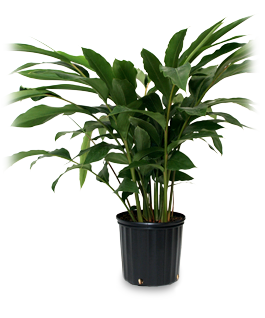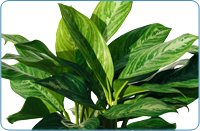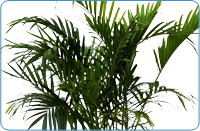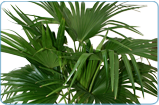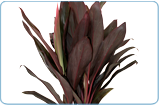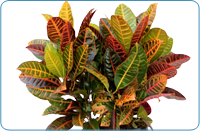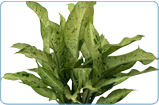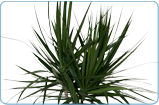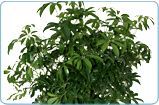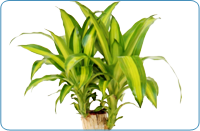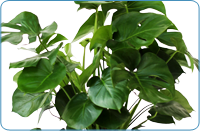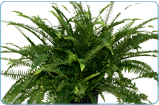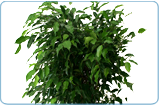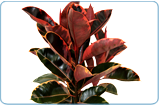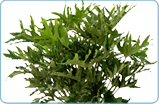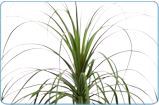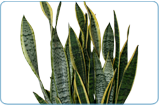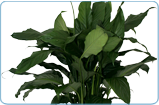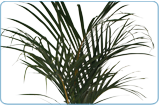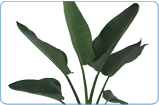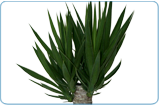Light
Alpinia Ginger does well with exposure to bright light or a partially shaded area; however the ginger should not be exposed to direct sunlight.
Placement
Master Bedroom, Office, Patio, Living Room
Water Habits
Alpinia Ginger requires moist, yet well drained soil. When potted the Ginger should be placed in a pot that allows for proper drainage. Be careful not overwater this plant.
Temperature
Ideal Temperature for Alpinia Ginger: 50-75°F (10-24°C) Min: 40°F (4°C)
Did You Know ?
The botanical family name for the Alpinia Ginger is Zingiberaceae. The Ginger is native to eastern Asia and is a tropical plant that grows upright in clumps. It is not uncommon to hear this plant go by the name Shell Flower as it produces an individual pink flower that could resemble a sea shell. Another unique characteristic about this plant is that fact that once the leaves are agitated in some form they release a sweet scent. The Ginger is known to fill the container it is planted in by sending out suckers.





